Top speed 182 km/h Length 6.86 m Manufacturer Parnall | Wingspan 8.66 m First flight June 4, 1925 | |
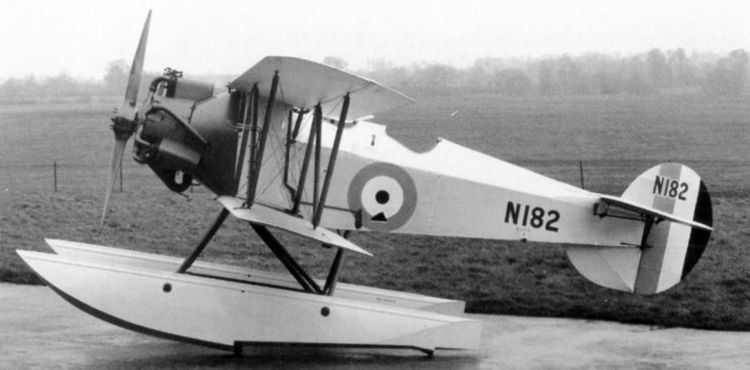 | ||
Parnall peto submarine launched seaplane and the hms m2
The Parnall Peto was a small seaplane designed to Air Ministry specification 16/24 in the early 1920s for use as a submarine-carried reconnaissance aircraft.
Contents
- Parnall peto submarine launched seaplane and the hms m2
- Design and development
- Aircraft
- Specifications
- References

Design and development
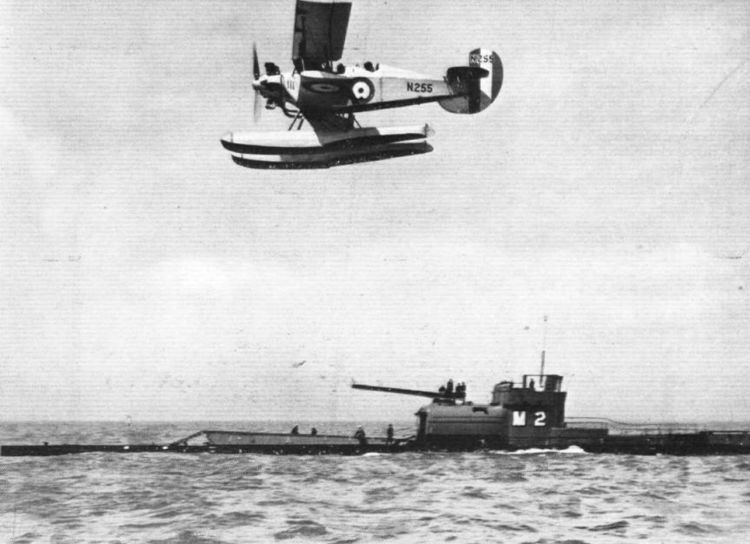
Two examples were designed and built by George Parnall and Company and were given serial numbers N181 and N182, the first prototype, N181 crashed at Gibraltar and was rebuilt as N255 before being lost with the submarine HMS M2 when her hangar flooded. The Peto was one of the most challenging design projects that the Parnall company undertook, because of the very small hangar in which the aircraft had to fit, mounted immediately in front of the submarine's conning tower.
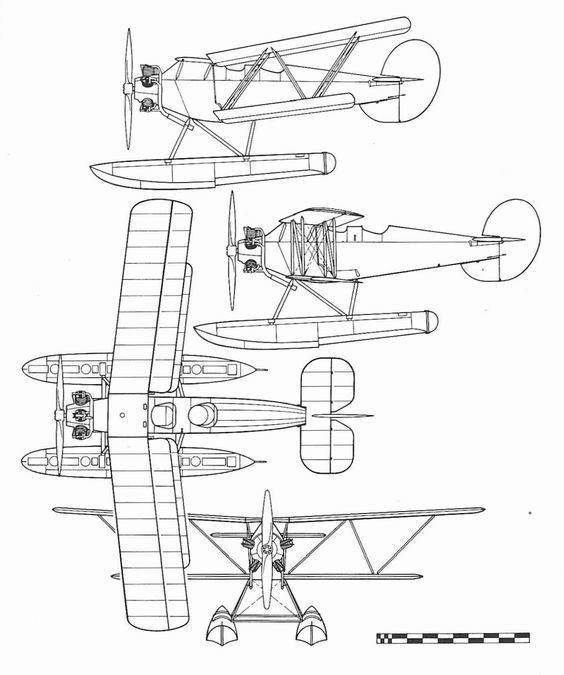
Of mixed wood, fabric, aluminium and steel construction, it had unequal span, Warren-braced folding rectangular wings. The first aircraft, N181, was powered by a 128 hp Bristol Lucifer engine and had mahogany plywood "Consuta" type floats. Performance was generally satisfactory but following crash damage, improvements were made and the machine was rebuilt with new wings, metal floats and a 169 hp Armstrong Siddeley Mongoose engine. Tests both on the sea and in the air showed that designer, Harold Bolas, had met the requirements and it was officially judged to be exceptionally good.
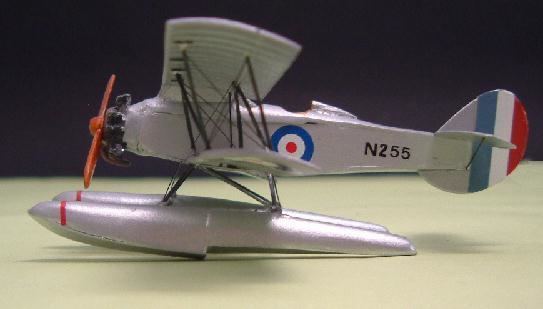
The aircraft was launched using a compressed air catapult mounted on the forward casing of the submarine and recovered using a crane.
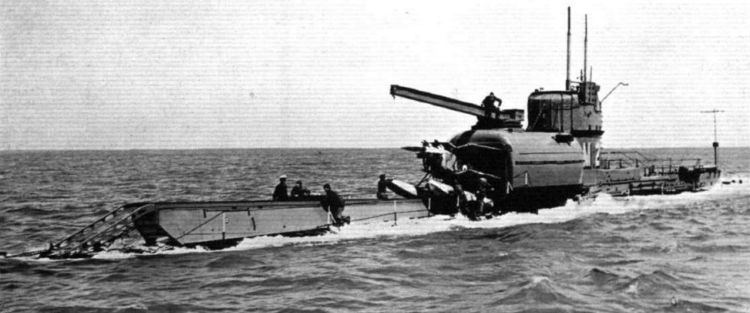
With the loss of M2, the Royal Navy abandoned submarine-launched aircraft, although most other navies also experimented with the concept in the interwar years.
Aircraft
The two aircraft built were:

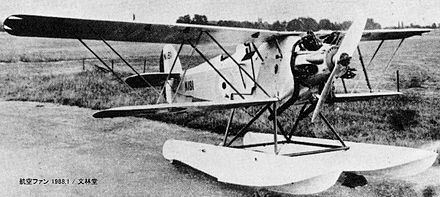
Specifications
Data from Wixey, pp.159-160
General characteristics

Performance
